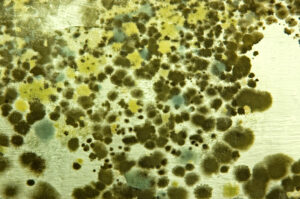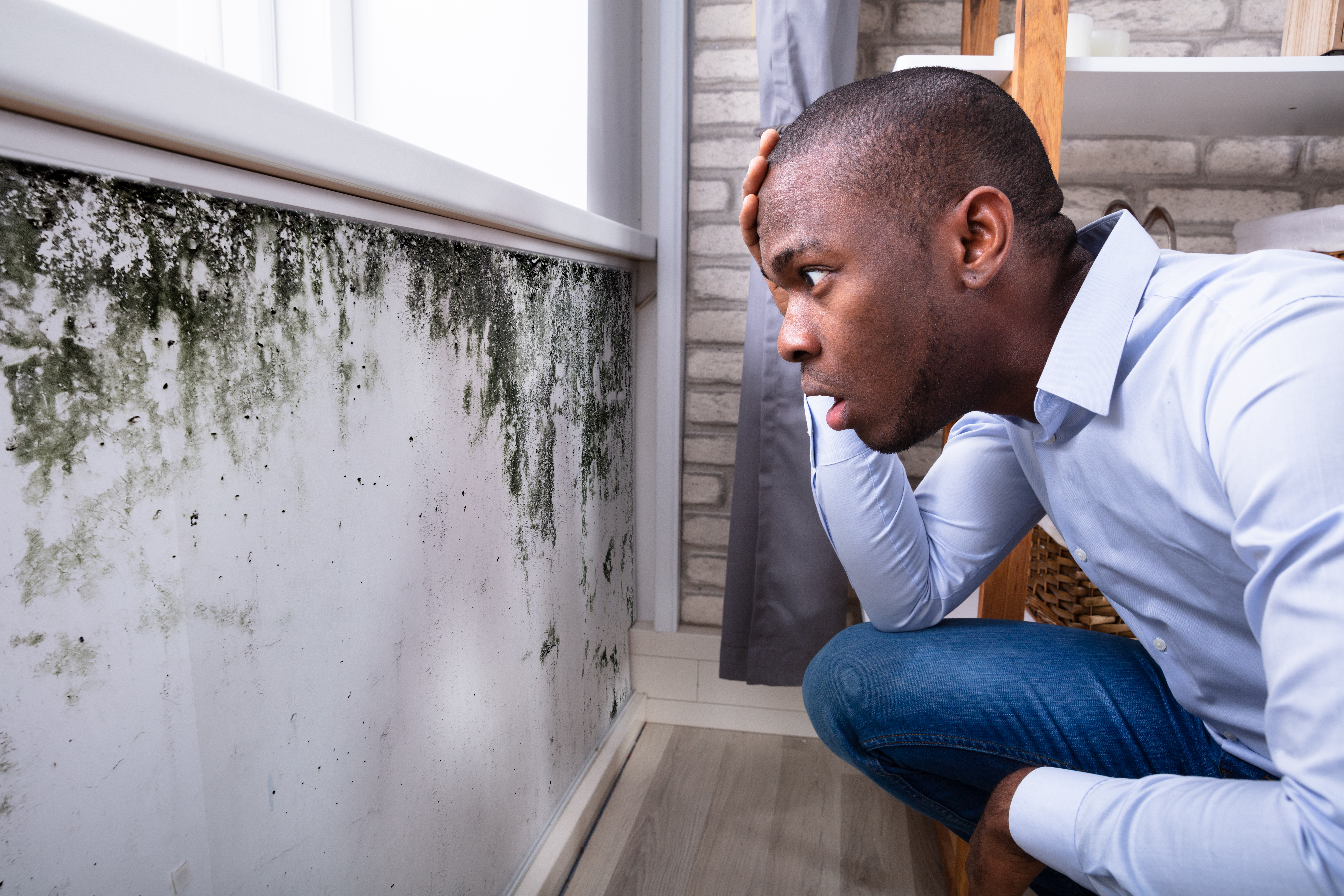Undetected mold infestation could bring a big strain on your wallet in addition to posing significant health and safety risks to you and your family that you might not be expecting. According to an article published in Wired, the Journal of Environmental and Public Health recently stated that the total economic cost resulting from exposure to dampness and mold is over $22 billion.
Either you are a new home-buyer or have seen mold growing in your house, it is advised to consider professional mold inspection services for a comprehensive investigation for any possible areas of mold, as well as any conditions that can lead to mold growth in the future. We have created this blog to help you understand mold inspection, the overall process, and a number of possible solutions that can help eliminate mold and allergens.
What Is Mold and What Are Common Causes of Mold in Homes?

Mold is a type of fungi that thrives in various kinds of moist or decaying organic matter. Often referred to as mildew, mold can be found both indoor and outdoor and can grow and proliferate within 24 to 48 hours — releasing tiny spores that float through the air and land on moist surfaces forming new mold colonies. If left untreated, mold can cause significant damage to your house and your health.
Water damage and mold growth often starts in places that are unsightly — behind walls, under floorboards, in dark corners of basements and crawl spaces, etc. Experts suggest that hiring a mold inspection and testing company like 411 Mold Expert in California can provide a comprehensive analysis along with conducting mold inspection services and providing overall testing and removal solutions. The common causes of mold in your home include:
- High humidity
- Leaking pipes and roof
- Poor ventilation
- Home-flooding
- Moisture exposed basements
- Leaking air-conditioner systems
- Damp clothing
- And etc.
1. The Mold Inspection Process
A common question you should ask yourself while considering mold removal is whether you’d like to opt for a do-it-yourself mold inspection or professional mold inspection services. While you could easily get your hands on tests that enable you to perform at-home mold inspections, they clearly won’t be as thorough or conclusive as what a professional mold inspector can provide.
Contact us for detailed mold inspection and remediation. Once you have hired a mold inspection and remediation expert to conduct thorough testing, the process to restore your space effectively begins which spans the following steps.
2. Mold Testing and Inspection
Visual Inspection and Surface Testing
Mold testing is the identification of discrete species of mold that are more likely to be exposed to moisture or dampness. A mold inspection services professional usually starts with visual inspection i.e., spotting mold visually or with the help of infrared imaging to find areas with moisture. Performing surface sampling is the next step after visual inspection that is carried out using cotton swabs. A professional might also use cameras and endoscopes to examine the surfaces and air in your home.
A test is also performed in the laboratory that identifies the type of mold present in your home and the level of mycotoxins it releases. Testing for mold during your inspection is one of the initial steps towards warding off any future major problems. Hence, a professional starts the process initially to find and fix the source of the problem.
Air Samples
Air sampling is performed using a spore trap i.e., a clear sticky material used during mold inspection to inspect air samples in order to determine if the air is contaminated with mold spores. Furthermore, a lab test is performed on these samples to discover the type of mold.
Another type of air sampling used in mold testing is the HERTSMI test that involves taking a sample of air from inside a home’s containment areas and comparing it to an exterior control sample. The results of these reports are then shared with the client to ensure complete transparency and encompass complete verification of the performed inspection.
3. Mold Remediation Practice
The last step of mold inspection is mold remediation provided the mold inspectors find mold in your house. Remediation begins by finding the cause of the problem and fixing it. Experts who perform mold testing also can write up a complete plan for the future mold remediation, called the mold remediation protocol.
The mold remediation expert will make use of the reports of the testing as well as the mold remediation protocol to fix the mold problem. This enables the mold remediator to get right to work, without having to duplicate the work already done in the mold inspection.
Mold Inspection in Long Beach, CA
At 411 Mold Expert, we are focused on helping our customers find the mold in their houses using the most professional approach. We have modern equipment to aid our work with experienced, trained inspectors to use it effectively. Our mold inspection services and solutions include air sampling, moisture, and leak detection, surface sampling, and visual inspection.


Recent Comments